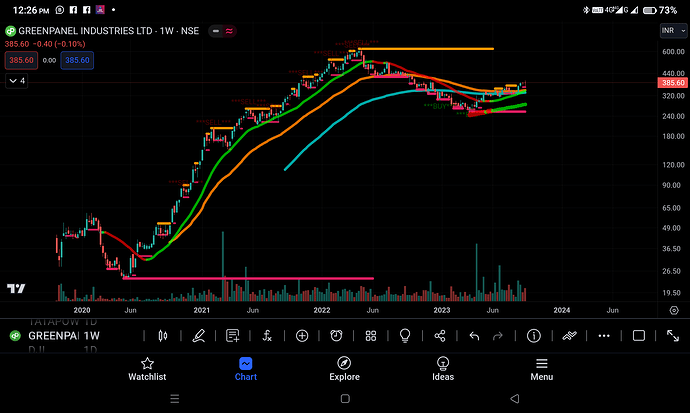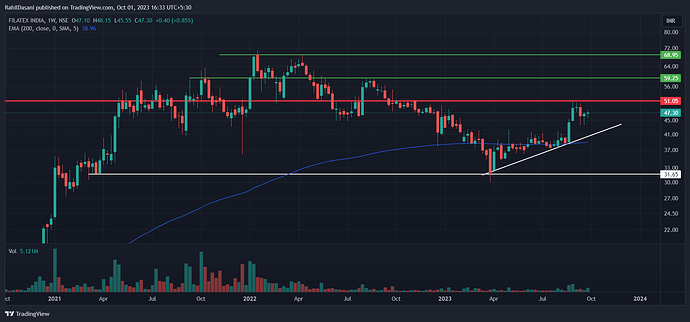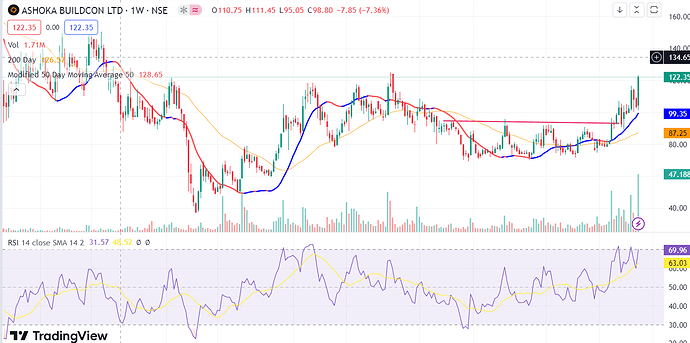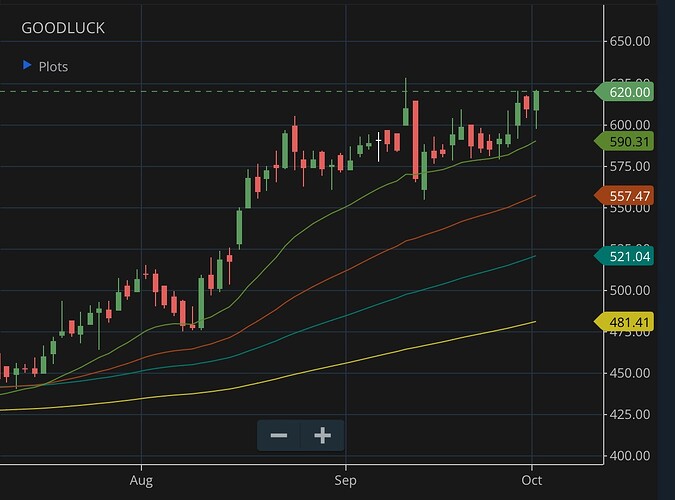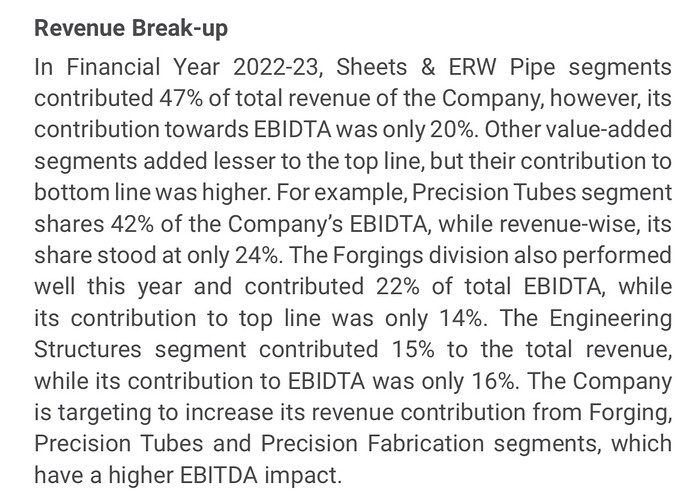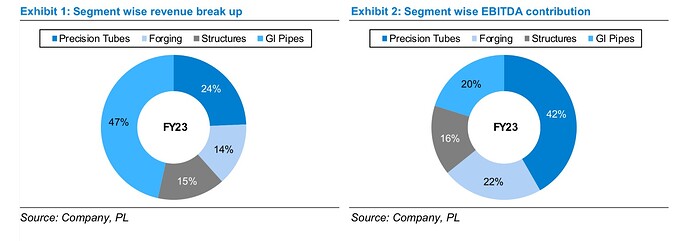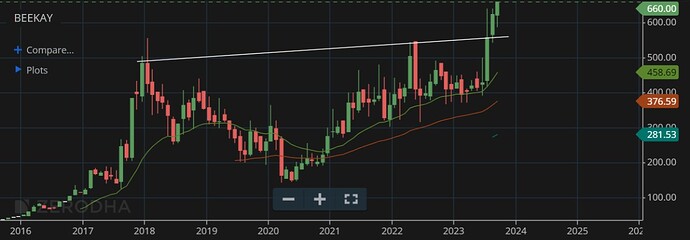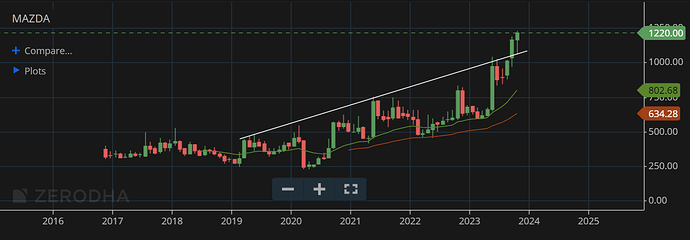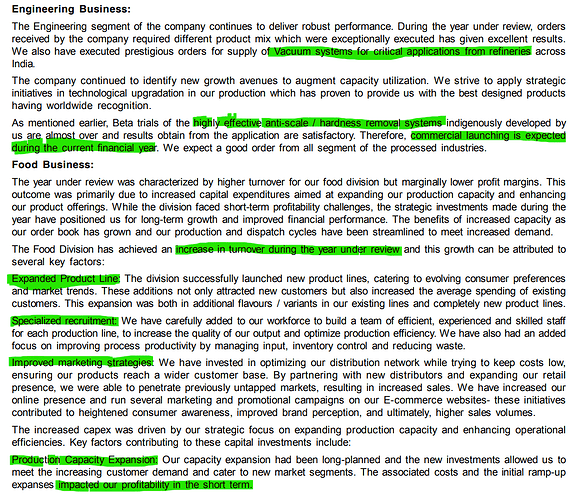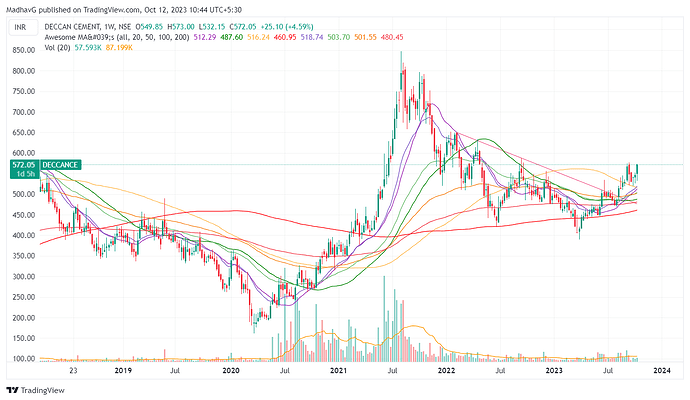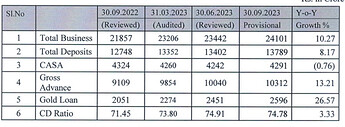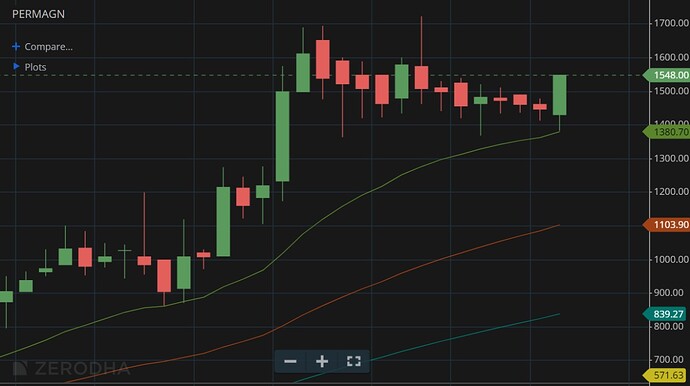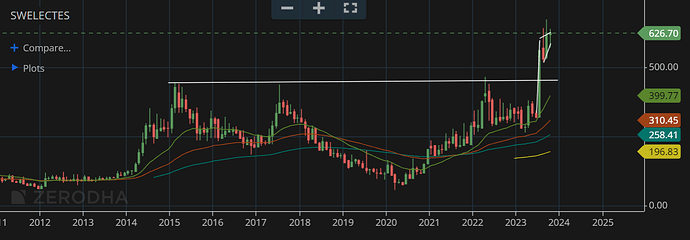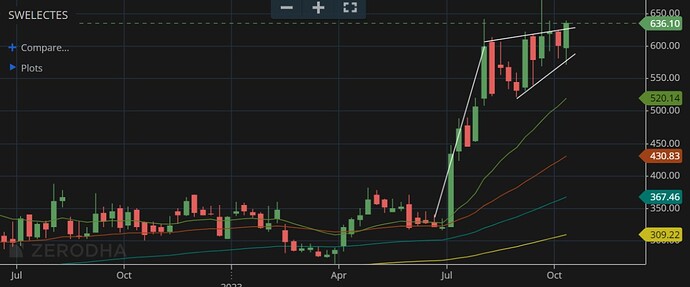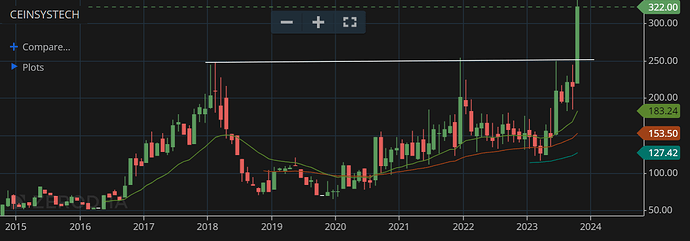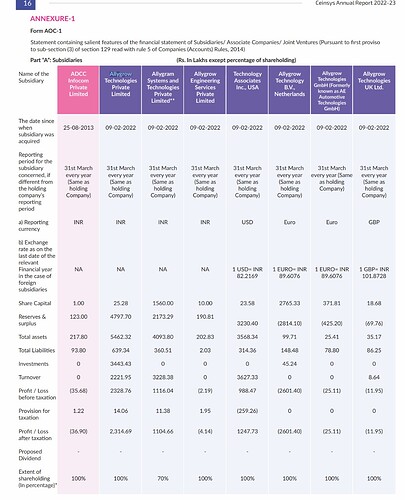One can always find ample data to support any bullish or bearish view. But macros are not in our control and pondering over them will do us no good. In stead, here are couple of things I try to manage risk in my portfolio.
1. Never track macro : Almost always, the market is the leading indicator of macro, not the trailing indicator. When the markets rise or fall, the real underlying cause is visible only after couple of quarters when it’s already too late.
2. Be prepared to take losses : Taking losses or submitting paper gains is just a part of operating in the market. Being prepared for it beforehand saves us from the emotion turmoil that follows. In this context, it is important to know the difference between odd and edge. We may have edge even when odds are not in our favor. For example, if I have a hit rate of only 33% but my winners make 50k on average and the losers lose 10k on average, then net net, it is a winning system.
3. Never fall in love with your stocks : It is important to avoid developing affinity or hatred for any stock. It is important to do so the make the mind bias free. It’s not our job to defend or cheer lead any company. A shareholder is different from the management. In fact, it’s the very reason that prevents me from participating in discussions around the stock.
4. Position sizing and risk management : This is more important than finding gems at throwaway price : At times, we all lay our hand on gems and at times, we all burn our hands in some stock or other. Initial entry point is not a significant reason for the profit or loss we make. For this, I use a trailing stop loss, not all at once, but sell a chunk everytime a support is broken. Selling at loss, is one of the most difficult things to do because it not only make our paper loss real but it also subconsciously enforce the idea in our mind that our initial hypothesis of investing that particular stock is wrong. One real life saver in this case is that almost every broker in India now permits to place good till cancelled stop loss order. Personally, I put a stop loss the same evening I buy something. Stop losses are permitted to be revised upward but not permitted to revised downward.
Another important concept here is position sizing. Even when we find the best opportunity to invest, always think in terms what is the maximum we can lose and size our position accordingly. It is always better to be alive for another day to fight back after the carnage.
5. Markets are supreme : Markets are always supreme. It will not rise just because I think they are undervalued. Similarly, it will not fall just because my personal opinion is that I find it overvalued. I need to adjust my mindset and expectation according to the market, not vice versa.
Feedbacks welcome.

